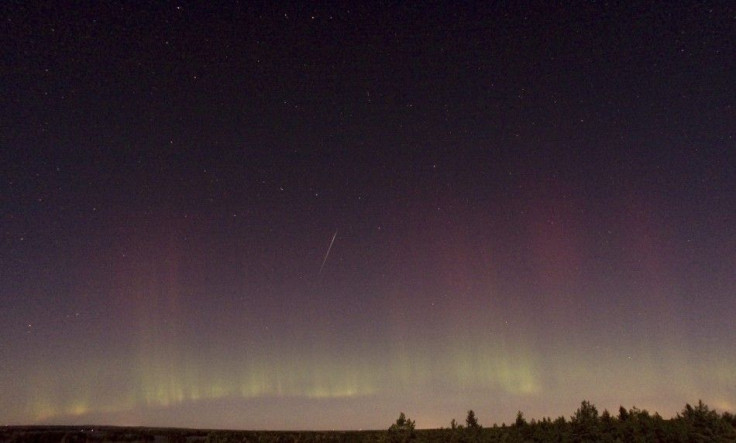Draconid Meteor Shower Show Begins Tonight: When and Where to Watch

Since 2005, the Draconid meteor shower has not appeared. Shooting stars should appear on this Saturday night, and scientists are predicting there will be up to 500 to 1,000 meteors per hour.
The prime locations to watch the meteor shower this year is in the Middle East, North Africa, and Europe. The shower is said to pass over North America as it is waning. It may be difficult to see the meteors due to the moon's brightness.
The peak for us here was said to be during daylight, but some experts say that the brightest meteors will still be visible with a pair of decent binoculars later in the day. Astronomers suggest that we look between 10 and 40 degrees above the horizon.
The shower comes from a comet called 21P/Giacobini-Zinner, and it only orbits the sun every 6.6 years. In the past, the Draconid showers have recorded up to 10,000 meteors per hour. This year, just as most meteor showers are unpredictable, we may be seeing some surprises as well.
© Copyright IBTimes 2024. All rights reserved.











